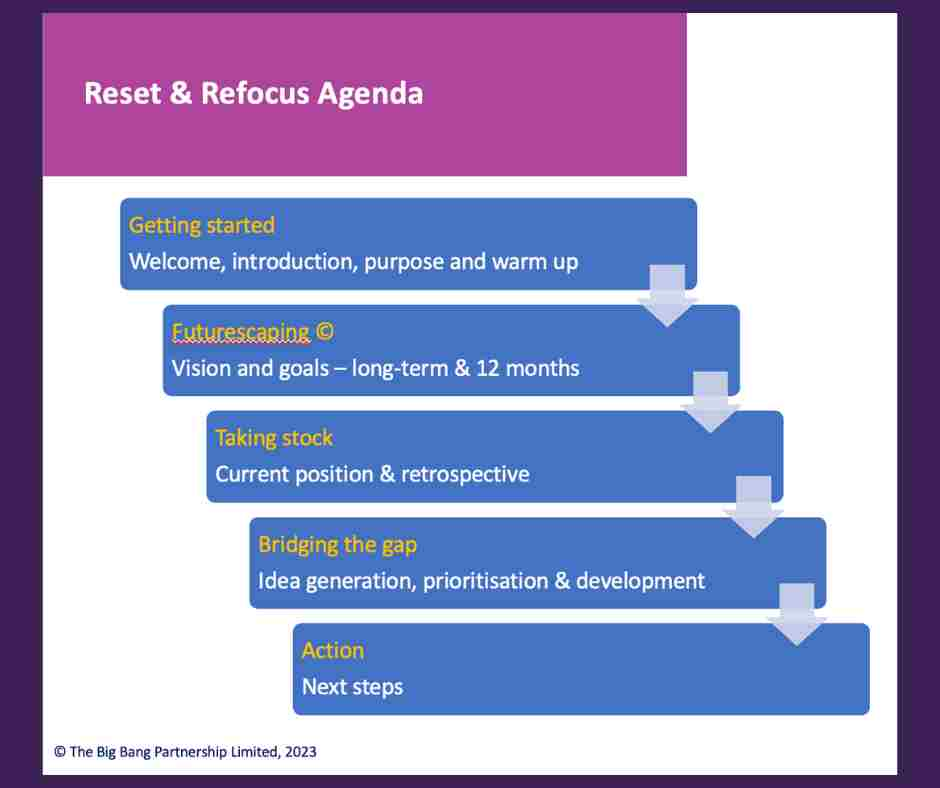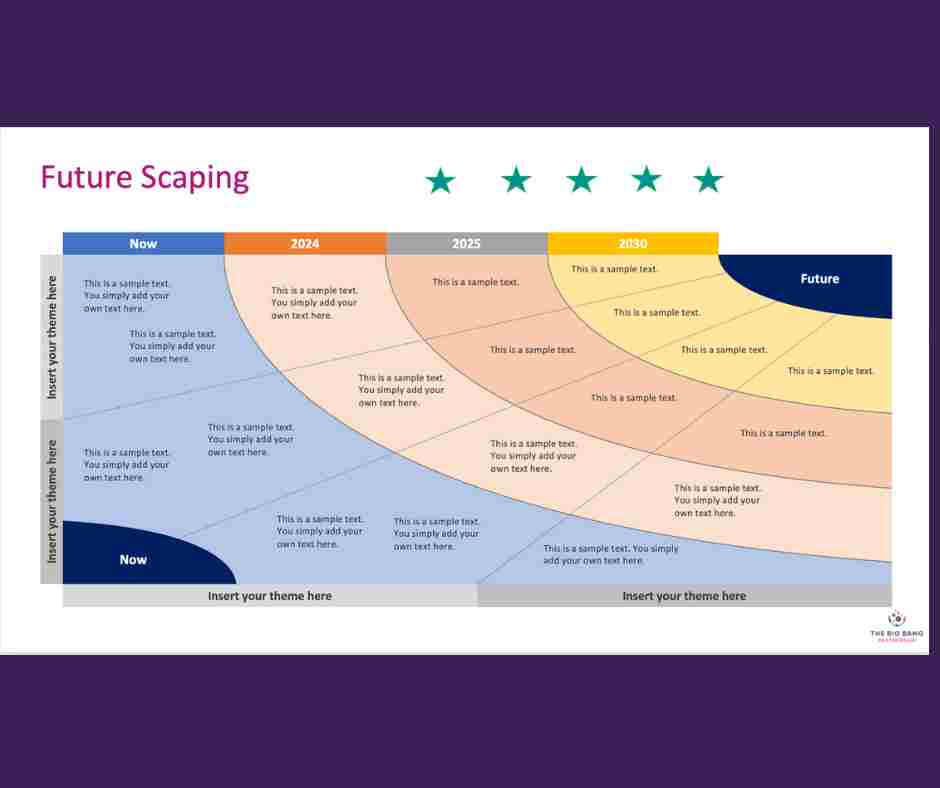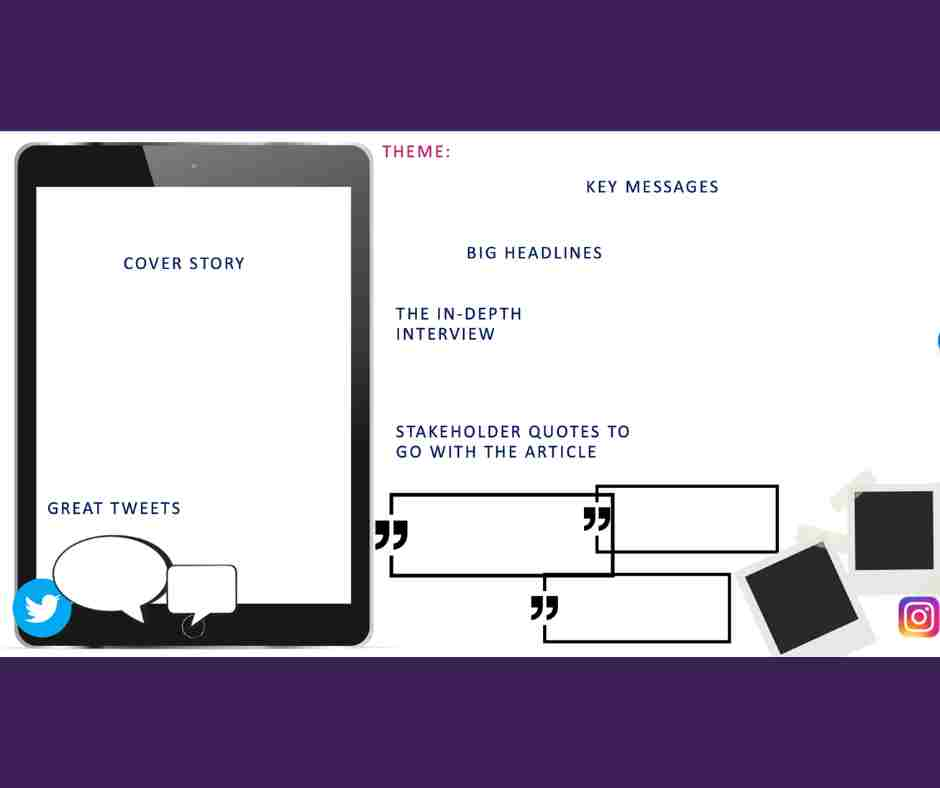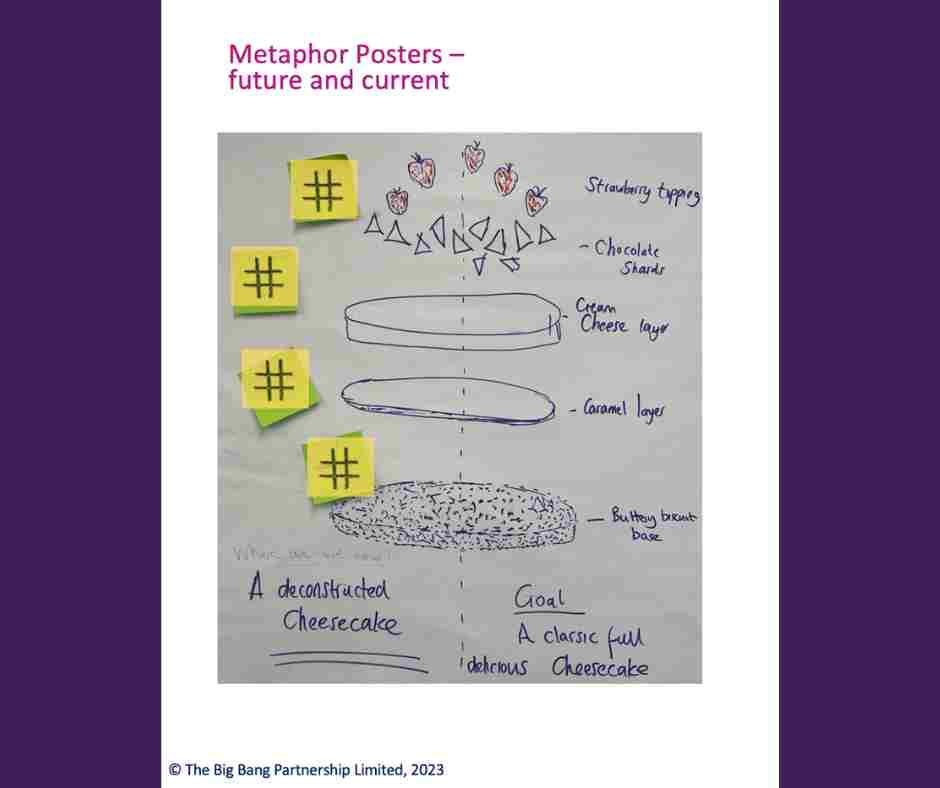Posted in Blog, Facilitation, Lead Your Team, Virtual Facilitation by Jo North
High Performing Team Workshop – Facilitation Ideas to Reset and Refocus for the Year Ahead
Are you thinking about working with your team to regroup, reset and refocus for a healthy, enjoyable, and high performing year ahead?
In this article, I’ll be sharing evidence-based insights, tools, and approaches for facilitating a High Performing Team Reset and Refocus Workshop.
I’ll also share:
- Research, and practical ways you can use that research, to help your team to perform at an even higher level
- An example of a focused agenda for your High Performing Team Workshop, along with purposeful, engaging, interactive activities you can use – activities that apply directly to your business and lead to agreed actions and commitments
This article focuses specifically on teams that are performing and getting on well. If you have a team that has experienced a tough time lately, where relationships may be broken or things aren’t going so well, you’ll find my Facilitation Guide: How to Rebuild a Team invaluable.
If you’re leading a remote or virtual team, my article Leading Collaboration in Remote Teams will be useful for you.
Definition of High Performance Team Working
The definition of ‘High Performance’ is about achieving sustainably and well, over the long term. Wellbeing, connection, purpose, values, individual and team strengths are integral to true success. It’s absolutely NOT about getting results at any cost. That type of approach leads to stress, burnout and team tension – the very opposite of high performance, and not good from a values-perspective, either.
Critical Success Factors for High Performance Team Working
Research by Lencioni and others shows that the foundation for a high performing team is trust.
Trust and psychological safety need to be in place for team members to feel confident about sharing ideas, challenging thinking and speaking out. High trust and psychological safety increase commitment and accountability, which in turn leads to greater performance results.
In addition, as Macmillan’s High Performance Team model shows, teams need these factors to be in place to succeed:
- A common purpose
- Crystal clear goals
- Accepted leadership
- Effective processes
- Solid relationships
- Excellent communication
Introduction to the High Performing Team Workshop Agenda
The High Performing Team Reset and refocus Workshop agenda and activities that I share with you here is designed to reinforced these critical success factors.
I have also personally tried and tested this agenda and the activities with hundreds of people in different industries around the world, and they work!
I suggest you allow about 2 hours 30 minutes for the session if you are an experienced facilitator, around 3 hours if you’re pretty new to facilitation to give yourself some wriggle room.
High Performing Team Reset and Refocus Workshop Agenda
Here is the agenda for your High Performing Team Reset and Refocus Workshop:

Here you’ll find a selection of activities that you can use for each of the workshop agenda items.
1. Getting Started
At the beginning of the session you’ll welcome everyone, explain the purpose of the workshop and get everyone warmed up and ready for the activities ahead.
You’ll find great ideas for energizers and icebreakers here.
2. Futurescaping
Futurescaping is what I call visioning – looking ahead to the future that you want to create, and the results you want to achieve.
Here are some activities that you could use.
Transformation Map
Create a giant canvas or template with weeks, months or years across the top, and different themes (relevant to your team’s function) around the sides, like the one in the image below.
Get the team to work in breakout groups to map out what they would like to achieve for each theme and timeframe. Then ask for volunteers from each breakout group to talk through their completed transformation maps.
When transformation maps get pretty full, I ask participants to prioritise their top 3 to 5 items only to feedback on.

Cover Story
Ask team members to imagine that today is exactly 12 months from now – so a year into the future. Then ask them to imagine that, as a team, they have had their most successful year ever, and have made the news with their achievements.
The task is then to create a giant poster – perhaps collaging from old magazines and newspapers, or just with drawings and text – of the front page of the newspaper or magazine they would love to be featured in, complete with headlines and cover image. They should also add details about what people would be tweeting and posting in LinkedIn and YouTube, and what big media interviews would be taking place and what the big success stories would be.

Future Metaphor
A metaphor is something regarded as symbolic or representative of something else. For example, I might say someone is a “busy bee” – “busy bee” is a metaphor.
The great thing about using metaphor in workshops is that it shifts the focus to a fresh perspective, and people think differently about the situation as a result.
Ask the team to work in breakout groups to draw and annotate an image of their metaphor that represents their vision for the future achievements as a team, say a year from now. Give them a few examples to get them going – such as a well-oiled machine, a Hollywood blockbuster, an express train – and encourage them to be creative and think of much better ones than your examples.
When the posters are done, invite volunteers from each group to talk through their choice of metaphor and what it represents.
IMPORTANT TIP FOR THE FUTURESCAPING STAGE OF YOUR HIGH PERFORMING TEAM WORKSHOP
Once you have used one or more of the creative visioning activities above, make sure that you progress to identifying your quantifiable measures of success for each key theme or area.
Use sticky note brainstorming and clustering to add in goals, objectives and key results.
If your goals, objectives and key results have already been set, review and refresh them. Overlay them onto your creative work.
3. Taking Stock
The Taking Stock agenda item is about reflecting on the team’s current and recent past performance. Retrospective techniques help to identify successful approaches to carry forward into the coming year, as well as lessons learned from things that haven’t gone as well as you all would have liked.
Choose from one or more of this menu of activities for Taking Stock.
Metaphor – Last 12 Months
Repeat the instructions from the Future Metaphor activity above, this time briefing your workshop participants to create a poster showing their metaphor for the team’s performance over the last 12 months.
Here’s an image of a past and future chocolate cheesecake that one group created in a session I ran! It was great fun, and importantly led to some really insightful and productive conversations that I’m not sure that we would have had otherwise.

When We Are At Our Best
This is a great activity for building on success. For reasons why identifying and building on strengths is so essential for high performing teams, have a look at my article here on Appreciative Inquiry for Faciiltators.
The activity is simple but very effective. Just ask everyone to think about all the times over the last year when the team has delivered outstanding performance and been at their very best. Encourage them to think about what was going on, identifying WHY things were going so well. Brief them to make a poster to show their thoughts, adding comments with sticky notes.
One Word
Another easy and impactful activity is to instruct everyone to quietly reflect on the team’s performance last 12 months, and choose a single word that they think best captures it, writing it on a sticky note.
Then everyone adds their sticky notes to a wall, explains their thinking as the team add more words, thoughts and ideas to drive a productive discussion about the lessons learned – successes and challenges – to inform even better performance in the year ahead.
Mad, Glad, Sad
Mad, Glad, Sad is a popular and useful team retrospective activity.
In small groups, participants create posters to capture what made them Mad, Glad and Sad about team performance over the previous 12 months.
Frustrations and challenges go on the “Mad” poster.
Successes, celebrations, positive surprises and achievements go on the “Glad” poster.
Disappointments and things that people will miss go on the “Sad” poster.
The posters are then used to stimulate great conversation and insights about the lessons learned last year to help with the year ahead.
Kudos Cards
Use cards, sticky notes – even the love-heart shaped ones you can buy! – for this feel-good retrospective activity.
Put everyone’s name prominently on the wall. Make sure there is plenty of space around each person’s name.
Workshop participants then write a separate card or sticky note for each of their team colleagues to show their recognition and appreciation for their colleagues’ successes, achievements, support and / or kindness over the last year.
At the end of the activity, each person in the team will have a wall full of positive feedback to reflect on and take with them into the year ahead.
Three Little Pigs
The Three Little Pigs retrospective activity is a nice alternative to the standard “lessons learned” approach.
Draw of download images of houses made of straw, sticks and bricks (like in the children’s Three Little Pigs story) in advance and have them ready to display during the High Performing Team Workshop.
The straw house represents projects, processes and ways of working that the team thinks are shaky.
The house made of sticks symbolises those aspects that are good, but could be better.
The brick house stands for those processes, processes and ways of working that are solid for the year ahead.
Brief the team to collaborate in small groups to add sticky notes on the current situation to the relevant “house”. Then, facilitate a discussion on each and capture additional points that emerge on the whiteboard or flipchart.
Letters To The Future
Letters To The Future is a good, creative and different retrospective activity.
Ask your workshop participants to work in pairs or threes to write a giant letter on a flipchart or whiteboard to the wider team about the year ahead. Things to include are celebrations, recognition, thanks and lessons learned from the previous year, the most challenging, interesting and exciting opportunities for the year ahead, and finally tips, suggestion and commitments of support to making the next 12 months the most successful ones ever.
4. Bridging The Gap
The Bridging The Gap agenda section is focused on idea generation and prioritization to get the team from where they are now (defined in their Taking Stock activities) to where they want to be in 12 months’ time (envisioned in their Futurescaping work).
I recommend that you combine the next three activities – Crazy Eights, Solution Sketching and Voting, adapted from the Sprint process – and run them in sequence.
Crazy Eights
Crazy Eights is a core innovation sprint method. It is a fast-sketching exercise that challenges people to sketch eight distinct ideas in eight minutes. The goal is for participants to push beyond their first idea, frequently the least innovative, and to generate a wide variety of solutions.
Each team member takes an A4 piece of paper and folds it into eight sections
Set the timer for one minute at a time
Individually, each team member sketches one idea in each rectangle, trying their best until all sections are filled (1 minute x 8 times)
When the final eighth timer goes off, all pens are down.
Solution Sketching
Working together in small groups, delegates select the idea from their own or others they think is the best, or combine a few ideas. They then flesh out the idea in a detailed sketch, using multiple frames, pictures, and words to communicate their thoughts to the wider team.
Voting
Each group talks through the ideas they generated and answer any questions other teammates may have.
Give each team member three votes
The team will have five minutes to indicate the three most compelling ideas by voting on the specific sketches
It is ok to vote for people to vote for their own sketch, or to put all three dots on one idea if they think it is truly the most valuable one to pursue.
5. Actions
The final stage of the High Performing Team Workshop is to make sure that the team co-creates an action plan, and that everyone is crystal clear about what they need to do next, when they will meet again to review progress and who is responsible for which action.
Make sure this is written down and agreed before you end the session!
Need Any Help?
if you are thinking of running a workshop for your organization and would like some help – either coaching and support to help you deliver it in-house, or a fully designed and facilitated in-person or online solution – please do get in touch. We are always happy to hop on a no-obligation Teams or Zoom call.
We’re here to help and look forward to speaking to you.

